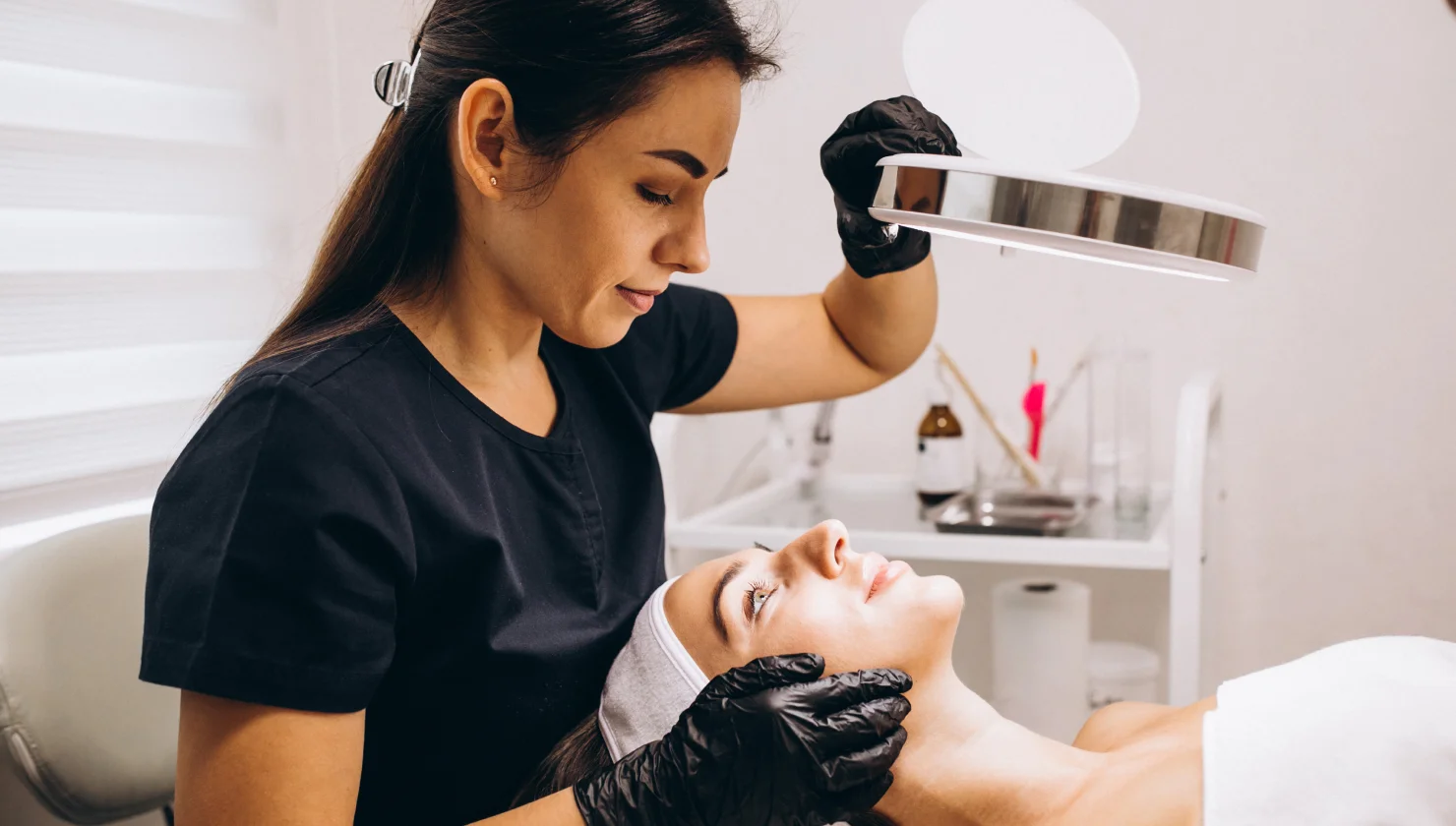In this article we will talk about how to properly care for your skin after aesthetic procedures, as well as how to choose moisturizing skin care.
After undergoing an aesthetic procedure, whether it’s a facial treatment, Botox, dermal fillers, or a more invasive procedure, proper post-treatment care is essential to ensure the best results and minimize any risks. Your skin needs extra attention as it heals and adjusts to the changes made during the treatment. Following the right skincare routine can promote faster recovery, reduce inflammation, and maintain the benefits of your procedure.
Facial Skin Care After Cosmetic Procedures
Caring for your skin post-procedure requires a delicate balance of hydration, protection, and gentle nourishment. Here are some key tips to guide you through the recovery process:
Top 7 Rules for Facial Skin Care
- Follow Your Provider’s Instructions: Your aesthetic professional will provide personalized aftercare instructions tailored to your procedure. It’s crucial to follow these recommendations to avoid complications and ensure optimal results.
- Keep Your Skin Hydrated: After a procedure, your skin may feel dry or tight. Using a gentle, hydrating moisturizer can help restore moisture and improve the skin’s elasticity.
- Avoid Sun Exposure: Your skin will be more sensitive after an aesthetic procedure, making it prone to sun damage. Protect your skin with broad-spectrum sunscreen (SPF 30 or higher) and avoid direct sun exposure, especially in the first few weeks.
- Avoid Touching or Scratching: Refrain from touching, scratching, or rubbing the treated area, as this can introduce bacteria or irritate the skin, leading to infection or swelling.
- Use Gentle Cleansers: Choose a mild, non-irritating cleanser to wash your face. Harsh scrubs or exfoliants should be avoided until your skin has fully healed.
- Avoid Makeup and Other Products (When Recommended): Depending on the procedure, you may be advised to avoid makeup for a certain period to prevent irritation or infection. Allow your skin to breathe and heal naturally.
- Stay Hydrated and Eat Well: Drinking plenty of water and maintaining a healthy diet rich in antioxidants and vitamins can support skin regeneration and promote healing.
Facial Skin Care After Anti-Aging Procedures
After anti-aging procedures, such as Botox, dermal fillers, or laser treatments, your skin requires special attention to maintain its rejuvenated appearance and promote healing. It’s essential to keep the skin hydrated with a gentle moisturizer that restores moisture and elasticity, helping to reduce the appearance of fine lines and wrinkles. Avoid harsh skincare products, including exfoliants and retinoids, for a few weeks as they can irritate the skin and delay the healing process. Protect your skin from sun exposure by applying a broad-spectrum sunscreen daily, as the skin may be more sensitive to UV rays post-treatment.
Additionally, avoid touching or massaging the treated areas, as this could disrupt the healing process and lead to complications. By following a gentle skincare routine and staying consistent with aftercare, you can maximize the results of your anti-aging treatments and keep your skin looking youthful for longer.
Types of Home Peeling
Chemical peels are a popular cosmetic treatment used to improve the appearance and texture of the skin. They involve the application of a chemical solution that exfoliates the skin, removing dead cells and promoting the growth of new, healthy skin. There are three main types of chemical peels, categorized based on their depth of penetration.
Each type of peel offers unique benefits depending on your skin needs, and a dermatologist or aesthetic professional can recommend the best option based on your skin type and desired outcomes.
- Superficial Peels (Light Peels): Superficial peels are the mildest type and involve the use of gentle acids, like alpha hydroxy acid (AHA) or salicylic acid, to exfoliate the outermost layer of skin (the epidermis). These peels are often used to treat mild skin issues such as dry skin, mild discoloration, and superficial acne. Recovery time is minimal, and they typically require little downtime, making them suitable for those with busy schedules or first-time peelers.
- Medium Peels: Medium peels penetrate deeper into the skin, reaching the middle layer (the dermis) to address more pronounced skin concerns, such as moderate wrinkles, sun damage, and age spots. Trichloroacetic acid (TCA) is commonly used for medium-depth peels. These peels are more intensive than superficial ones and often require a longer recovery time, with some redness and peeling occurring over several days to a week.
- Deep Peels: Deep peels provide the most dramatic results by targeting the deeper layers of the skin, typically using stronger acids like phenol. They are effective for treating deeper wrinkles, severe sun damage, and scarring. However, deep peels involve a longer recovery period, sometimes requiring several weeks, and are typically performed under anesthesia due to the intensity of the procedure. The results are long-lasting, but there is a higher risk of side effects, so they are typically reserved for more advanced skin concerns.
Do Not Rub the Injection Sites
Gently avoid massaging or rubbing the areas where injections were administered to prevent irritation, bruising, or displacing the product. Allow the treated areas to heal naturally.
Use Soothing Masks
Apply calming face masks that contain ingredients like aloe vera, chamomile, or cucumber to help reduce redness, swelling, and discomfort while promoting relaxation and skin recovery.
Moisturize Your Skin
Keep your skin hydrated with a gentle, nourishing moisturizer to restore moisture balance, maintain elasticity, and help reduce dryness or flakiness that may occur post-procedure.
Use Cream with SPF 50+
Protect your skin from harmful UV rays by applying a broad-spectrum sunscreen with an SPF of 50 or higher. This shields your skin from sun damage, which can worsen irritation and compromise healing.




